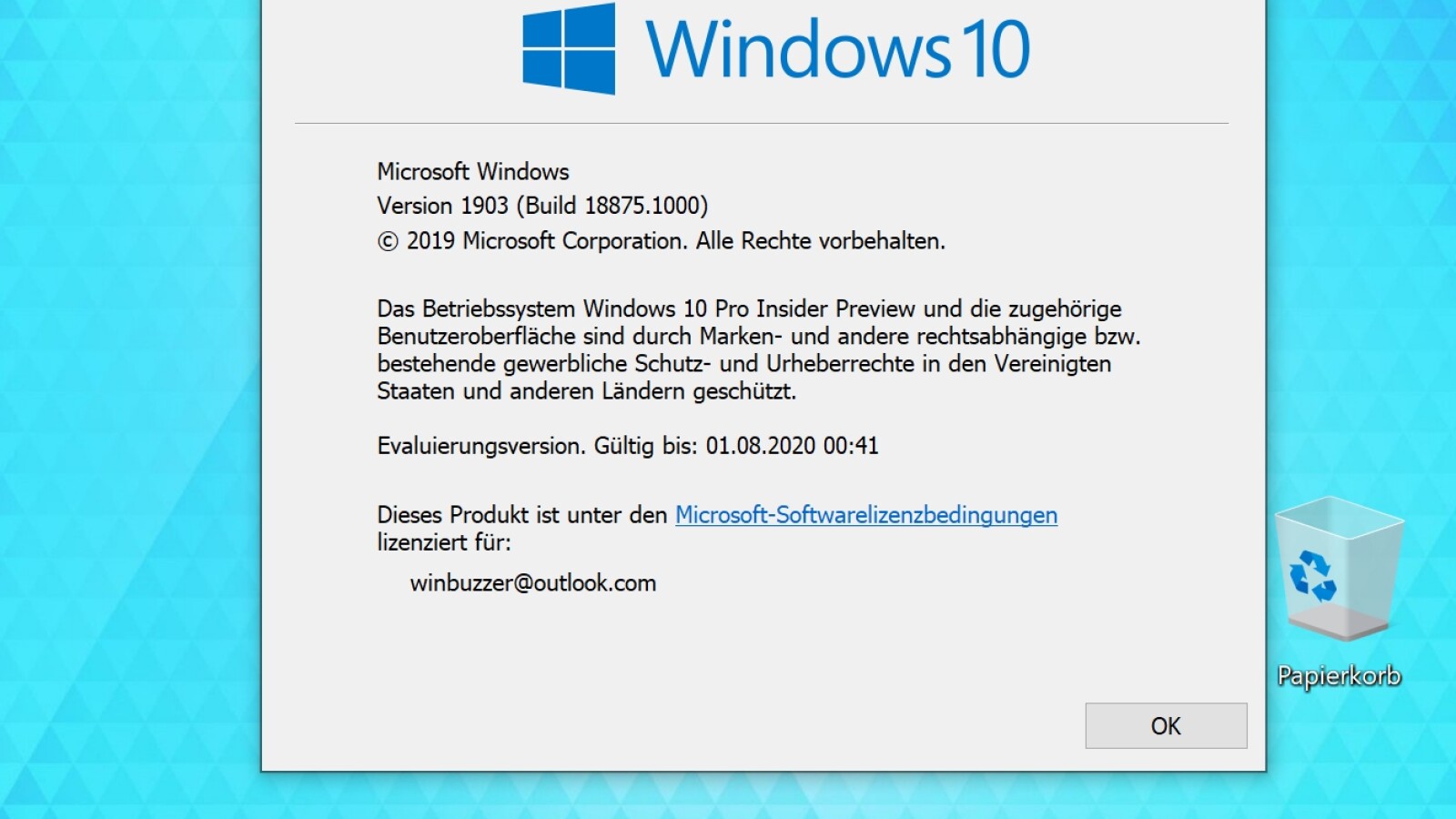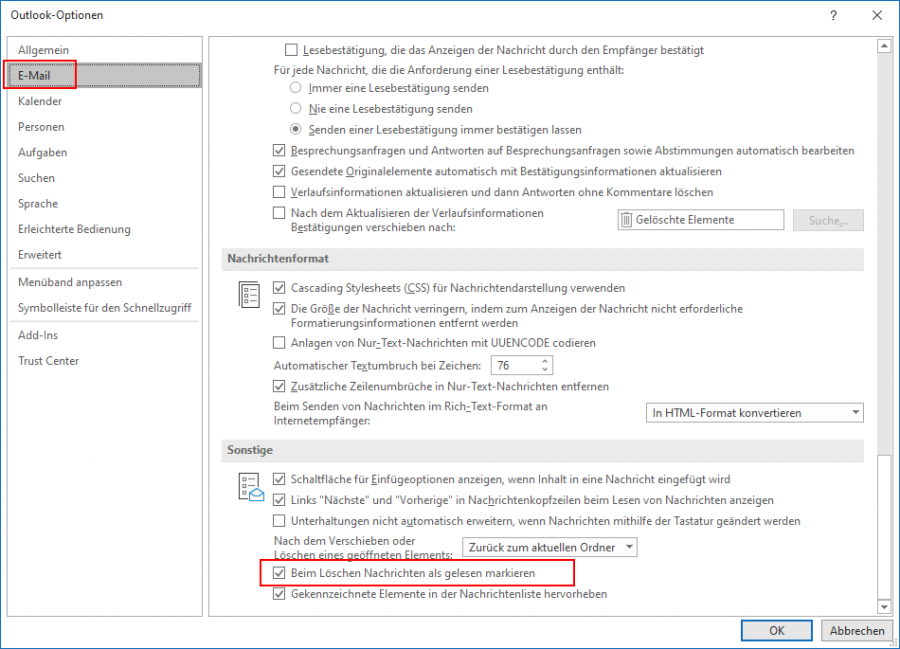
The blog post you mentioned was written in 2005 using VBScript. I do not really want to loop through all the available Office products. Nevertheless, how do I use this same technique to query the version of Office? In our organization, we have a mix of different versions of Office, some of which even have different versions of Word on the same machine (for backward testing of some old macros). Hey, Scripting Guy! With reference to one of your previous blog posts, “How Can I Determine Which Version of Word is Installed on a Computer?” I liked how your approach to determine the version of Word is much faster than querying Win32_Product.

After doing that, when adding a new file, its version will be updated inĪnother way is to use SharePoint 2010 workflow to update the version numbers with SharePoint Designer 2013 mentioned in In my environment, I create a site content type calling New Document and add its template as Document Template. The label field in Quick Parts in the Word template in the site library in SharePoint Online. Finally click on the site content type which has been added to the site library>Advanced settings>Edit Template to open the template in the Word application>add

ThenĬreate a site content type and add it to the site library. SharePoint Server Publishing Infrastructure to enable Information management policy settings in the site library. in the label in Information management policy settings and then add the label field in Quick Parts in the Word template in the site library in SharePoint Online. I tried two ways to insert the version numbers and I think that the label way mentioned in


 0 kommentar(er)
0 kommentar(er)
